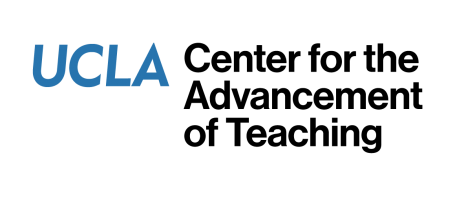What do you mean by “assessment?”
Assessment is “the systematic collection and analysis of information to improve student learning.[1]” A well-designed assessment study, whether formative or summative in purpose, is a powerful tool for enhancing teaching and learning at the course, program/department, or institution level. CEA takes a collaborative approach to assessment, partnering with faculty and academic units to develop assessment plans that are practical and actionable toward strengthening curricula and programming.
[1] Stassen, M., Doherty, K., & Poe, M. (2001). Program-based review and assessment: Tools and techniques for program improvement. Office of Academic Planning and Assessment (OAPA), University of Massachusetts, Amherst
How much should I budget for my project’s assessment?
A rule of thumb suggests budgeting 10-15% of total program costs[1]. However, more nuanced budgeting will need to consider the scope and complexity of both the program and the assessment/evaluation design. No matter the scope or complexity, all assessment studies incur certain costs, including staffing and indirect/overhead. The key is to “determine what you want to learn from your [assessment] and build a budget that can answer those questions.[2]”
[1] Knowledge Advisory Group Program Evaluation Calculator. https://knowledgeadvisorygroup.com/knowledge-advisory-group-program-evaluation-cost-calculator/
[2] https://americorps.gov/sites/default/files/document/2014_11_12_BudgetingforEvaluationPresentation_ORE.pptx
How does assessment support equity, diversity, and inclusion (EDI)?
Broadly, assessment provides educators with evidence to inform our practice and policies, responding to students’ needs and breaking down barriers to their success. Each stage of the assessment cycle—identifying outcomes, selecting methods, collecting data, analyzing data, and using and sharing results—is an opportunity to embed EDI considerations and critically examine whose interests and voices are (and are not) represented in our research. “At its core, equitable assessment calls for those who lead and participate in assessment activities to pay attention and be conscious of how assessment can either feed into cycles that perpetuate inequities or can serve to bring more equity into higher education.[1]”
[1] Montenegro, E., & Jankowski, N. A. (2020, January). A new decade for assessment: Embedding equity into assessment praxis (Occasional Paper No. 42). Urbana, IL: University of Illinois and Indiana University, National Institute for Learning Outcomes Assessment (NILOA).
What methods are used in assessment?
Just as with social science research, generally, assessment methods should be selected based on the research question and purpose. Additionally, assessments must consider budget constraints. Commonly used methods include surveys, interviews, focus groups, and secondary data analysis. Experiments are relatively rare in educational assessment; however, quasi-experimental design can be used to minimize confounding factors and better isolate the effects of a particular program or curriculum.
What is the difference between assessment and grading?
Grades can play a role in assessment; however, assessment also involves many ungraded measures of student learning. The goal of grading is to evaluate individual student performance in a given unit or course. Moreover, while grades are sometimes considered a proxy for learning, they may also incorporate other criteria—such as participation, effort, and on-time submission—that are not necessarily measures of learning. Assessment is broader in scope and involves the systematic examination of student learning with the aim of improving educational practices.
What is backward design? What does it have to do with assessment?
Backward design is a method of creating a curriculum by first establishing learning goals (i.e., student learning objectives) that then guide assessment and instructional methods and materials. “Rather than creating assessments near the conclusion of a unit of study, backward design calls for us to operationalize our goals or standards in terms of assessment evidence as we begin to plan a unit or course. It reminds us to begin with the question, ‘What would we accept as evidence that students have attained the desired understandings and proficiencies—before proceeding to plan teaching and learning experiences?'” [1]
[1] Wiggins, G. & McTighe, J. (1998). Backward design. In Understanding by Design (pp. 13-34). ASCD
CONTACT CEA
Email: assessment@teaching.ucla.edu
Phone: 310-206-1834
Office Location:190 Powell Library


